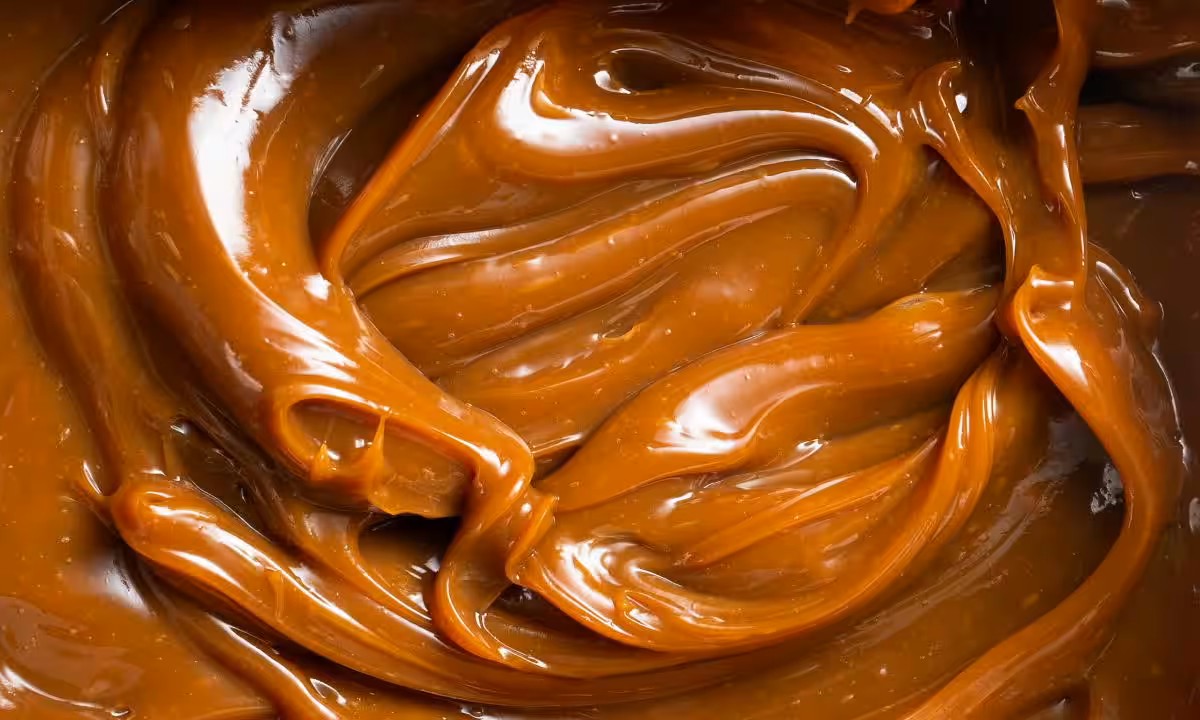
Dulce María, a name that resonates with fans of Latin pop and telenovelas, has a career spanning over two decades. From her early days in the music group RBD to her solo ventures, she has captivated audiences with her talent and charisma. But how much do you really know about this multifaceted artist? Did you know she started acting at just five years old? Or that she has written a book of poetry? Whether you're a long-time fan or new to her work, these 31 facts will give you a deeper look into the life and career of Dulce María. Buckle up for a journey through her achievements, personal life, and lesser-known tidbits that make her a true icon.
31 Facts about Dulce de Leche
Dulce de leche, a sweet treat loved by many, has a rich history and unique characteristics. Let's dive into some fascinating facts about this caramel-like delight.
Origins and History
Understanding where dulce de leche comes from adds depth to its sweet allure.
- Dulce de leche originated in Latin America. Many countries, including Argentina, Uruguay, and Brazil, claim to be the birthplace of this sweet treat.
- The name means "sweet milk" in Spanish. This name perfectly describes its main ingredients and flavor profile.
- A legend says it was discovered by accident. According to Argentine folklore, a maid left milk and sugar on the stove too long, creating this delicious concoction.
- It has been enjoyed for centuries. Historical records suggest dulce de leche has been a beloved treat since at least the early 19th century.
Ingredients and Preparation
The simplicity of dulce de leche's ingredients makes it even more impressive.
- Made from milk and sugar. The basic recipe involves slowly heating milk and sugar until it caramelizes.
- Some recipes add vanilla or baking soda. These ingredients can enhance flavor and texture.
- It requires patience. The cooking process can take several hours, requiring constant stirring to prevent burning.
- Can be made with condensed milk. A quicker method involves boiling a can of sweetened condensed milk.
Variations Around the World
Different cultures have put their own spin on dulce de leche.
- In Mexico, it's called cajeta. Made with goat's milk, cajeta has a slightly different flavor.
- In Brazil, it's known as doce de leite. This version is often thicker and used in various desserts.
- In France, it's called confiture de lait. This version is typically less sweet and more spreadable.
- In the Philippines, it's known as pastillas de leche. This treat is often rolled in sugar and served as candies.
Uses in Cuisine
Dulce de leche is incredibly versatile in the kitchen.
- Popular as a spread. Many enjoy it on toast, pancakes, or waffles.
- Used in baking. It's a common filling for cakes, cookies, and pastries.
- A topping for ice cream. Drizzling it over ice cream adds a rich, caramel flavor.
- Incorporated into beverages. Some people stir it into coffee or hot chocolate for a sweet twist.
- Used in candies. Dulce de leche can be the main ingredient in various confections.
Nutritional Information
While delicious, dulce de leche should be enjoyed in moderation.
- High in calories. Due to its sugar content, it is calorie-dense.
- Contains essential nutrients. Milk provides calcium and protein, though in small amounts.
- High sugar content. This makes it a treat best enjoyed occasionally.
Cultural Significance
Dulce de leche holds a special place in many cultures.
- A symbol of national pride in Argentina. It's often associated with Argentine identity and cuisine.
- Celebrated with festivals. Some regions hold annual festivals dedicated to this sweet treat.
- Used in traditional celebrations. It's a staple in many holiday and special occasion desserts.
- Featured in literature and media. Dulce de leche often appears in stories and shows highlighting Latin American culture.
Fun Facts
Some quirky tidbits about dulce de leche add to its charm.
- World record for the largest dulce de leche. In 2010, Argentina set a record with a batch weighing over 3,000 pounds.
- Can be homemade or store-bought. Many brands offer ready-made versions, but homemade often tastes best.
- Shelf-stable versions exist. Some commercial varieties can be stored without refrigeration.
- Used in savory dishes. In some cultures, it's paired with cheese or used in sauces for a sweet-savory combo.
- Inspired other products. There are dulce de leche-flavored ice creams, yogurts, and even liqueurs.
- A favorite of chefs. Many professional chefs incorporate it into their dessert menus.
- Loved worldwide. Its popularity extends beyond Latin America, enjoyed by people around the globe.
Final Thoughts on Dulce de Leche
Dulce de leche is more than just a sweet treat. Its rich history, diverse uses, and global appeal make it a beloved dessert around the world. From its origins in Latin America to its presence in various cuisines, this caramel-like confection has won hearts everywhere. Whether enjoyed on toast, in pastries, or straight from the jar, it brings a touch of sweetness to any dish.
Understanding its cultural significance and the different ways to make and enjoy it can deepen your appreciation for this delightful dessert. So next time you savor a spoonful, remember the fascinating journey it has taken to reach your table. Dive into the world of dulce de leche and let its creamy goodness bring a smile to your face.
Was this page helpful?
Our commitment to delivering trustworthy and engaging content is at the heart of what we do. Each fact on our site is contributed by real users like you, bringing a wealth of diverse insights and information. To ensure the highest standards of accuracy and reliability, our dedicated editors meticulously review each submission. This process guarantees that the facts we share are not only fascinating but also credible. Trust in our commitment to quality and authenticity as you explore and learn with us.
